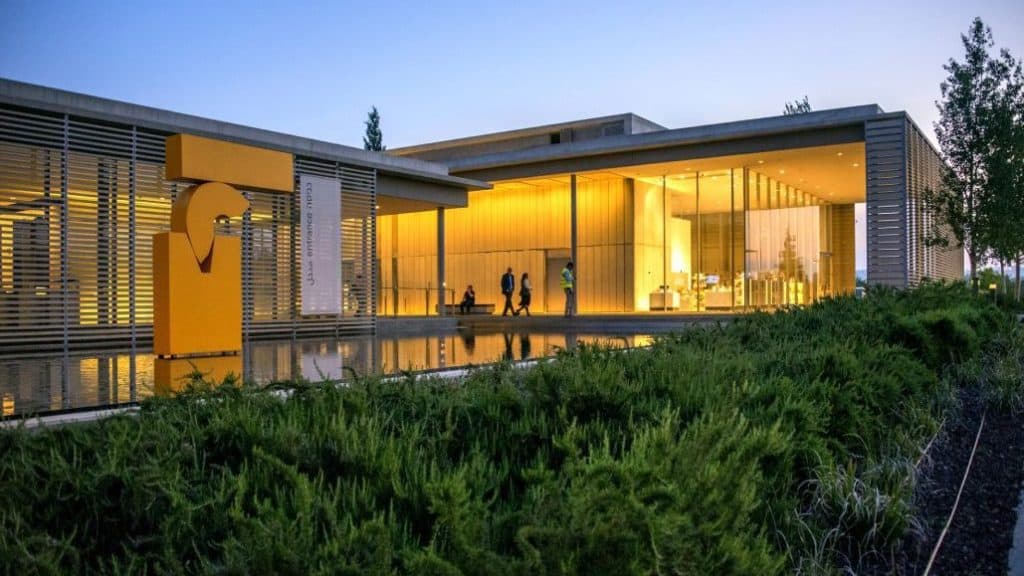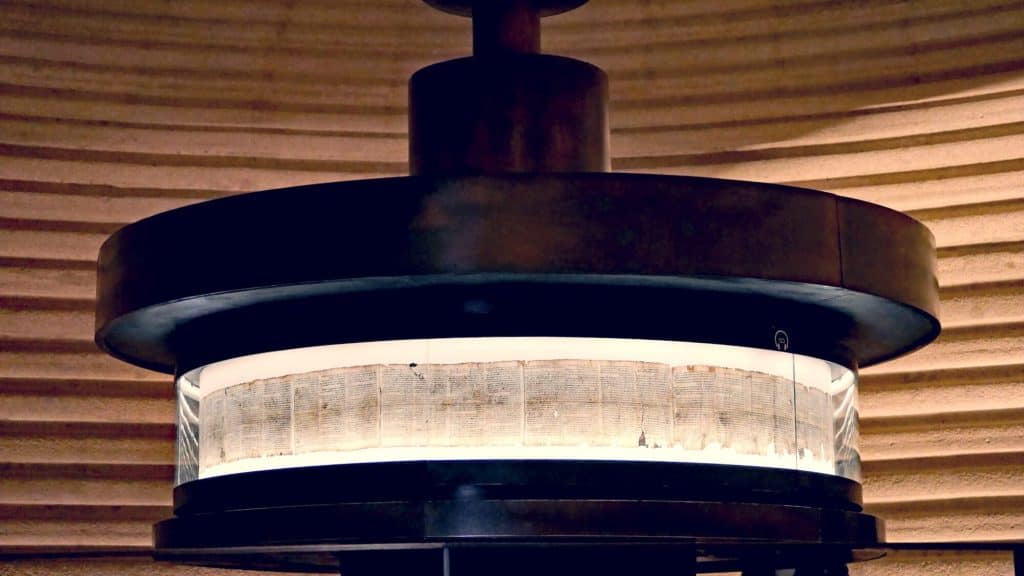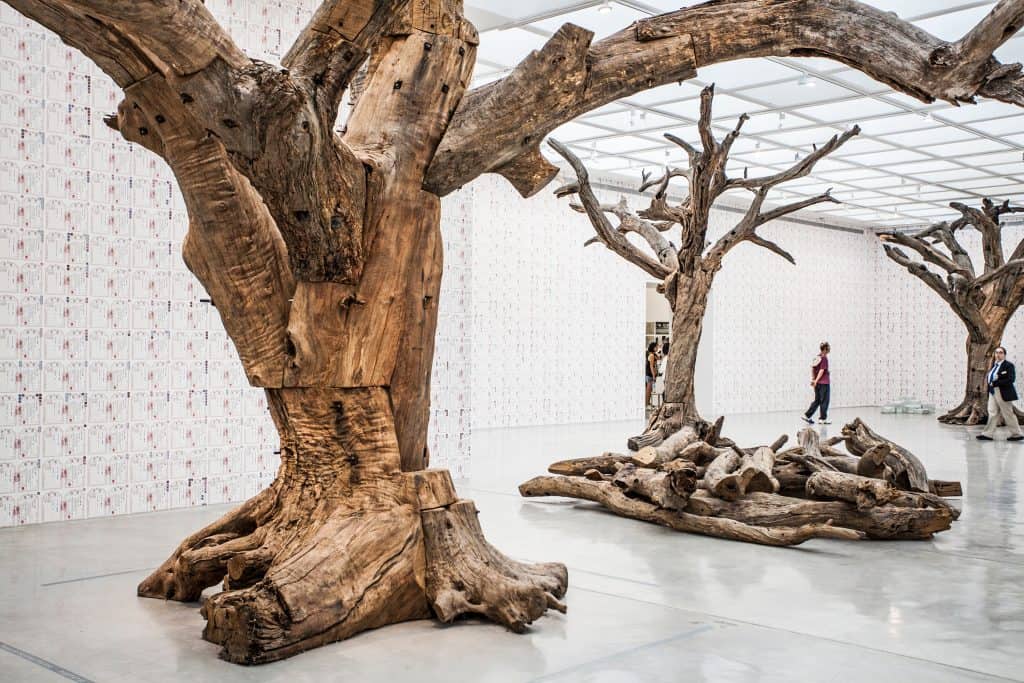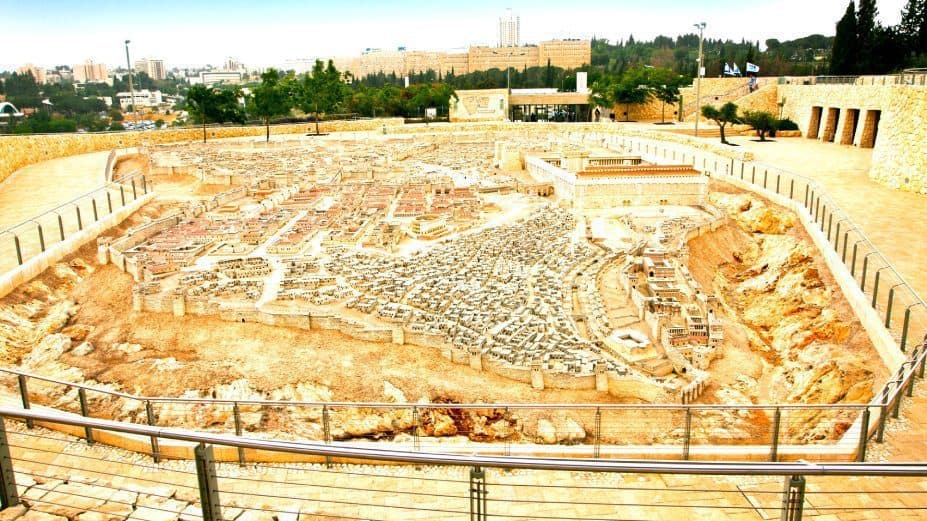Visiting the Israel Museum is an enriching experience that offers a deep dive into Israel’s history, culture, and art and the broader region. Located in Jerusalem, this world-renowned museum houses an extensive collection of artifacts, artworks, and historical treasures that span thousands of years. Here’s a suggested itinerary for a tour of the Israel Museum:
Israel Museum

Orientation at the Entrance
Begin your visit at the museum’s entrance, where you can obtain maps, brochures, and information about current exhibitions. Take a moment to appreciate the impressive modern architecture of the museum building.
Archaeology Wing
So start your tour in the Archaeology Wing, which showcases archaeological discoveries from the Land of Israel. Explore the prehistoric, Canaanite, Egyptian, Greek, Roman, and Byzantine sections, which offer insights into the region’s rich history.
Shrine of the Book
Visit the iconic Shrine of the Book, a distinctive building that houses the Dead Sea Scrolls, one of the most significant archaeological finds of the 20th century. Explore the museum’s collection of scrolls, which includes biblical and non-biblical texts.

Jewish Art and Life Wing
Discover the Jewish Art and Life Wing, which displays Jewish ceremonial objects, synagogues, and ethnographic artifacts. Explore the intricacies of Jewish customs, traditions, and religious practices through the museum’s exhibits.
Museum of Italian Jewish Art
Fine Arts Wing
Immerse yourself in the world of art in the Fine Arts Wing, where you can view a vast collection of international and Israeli art. Admire works by renowned artists such as Marc Chagall and Pablo Picasso, as well as contemporary Israeli artists.

Second Temple Model
Visit the Second Temple Model, a detailed reconstruction of Jerusalem during the Second Temple period. Gain a visual understanding of the ancient city’s layout and architecture.
Second Temple Model

Art Garden and Outdoor Exhibits
Take a stroll through the museum’s Art Garden, which features sculptures and outdoor art installations. Enjoy a moment of tranquility amidst the greenery and artistic creations.
Temporary Exhibitions
Check the museum’s schedule for temporary exhibitions, as they often feature diverse and thought-provoking displays. Depending on the current exhibitions, you might encounter contemporary art, historical retrospectives, or thematic showcases.
Museum Shop and Café
Visit the museum shop to find unique souvenirs, books, and gifts related to the museum’s collections. If you need a break, the museum also has a café where you can enjoy refreshments and light meals.
Reflection and Contemplation
In addition, the Israel Museum offers numerous spaces for quiet reflection and contemplation. So take some time to absorb the rich cultural and historical heritage you’ve encountered during your visit.
Plan Ahead
Last, visiting the Israel Museum is a journey through time, art, and culture, offering a profound understanding of Israel’s diverse history and heritage and the surrounding region. So enjoy your exploration of this remarkable institution in the heart of Jerusalem.







